
Test your knowledge for free with our practice exam! This is not the official Transport Canada exam, however the questions are similar to the ones you will have to answer during the official exam. You will have access to the correct answer by clicking on the RIGHT OR WRONG? button.
Question 1 of 10What is affixed to a boat, attached to the transom on the starboard side above the waterline, to prove that it was built in accordance with the construction requirements?
Right or Wrong?
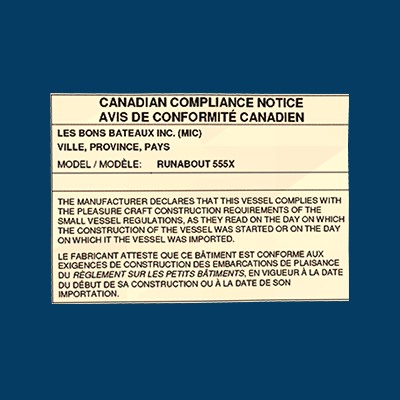
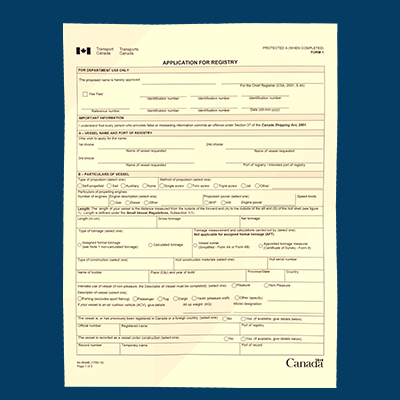
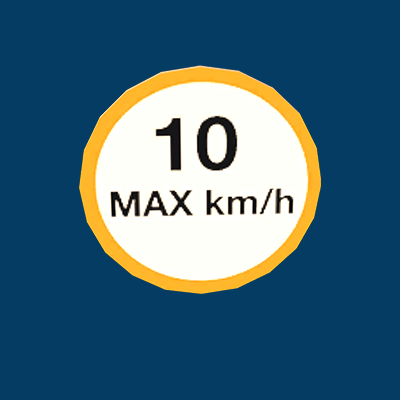
The right answer is ''the compliance notice''.
The compliance notice is affixed to the boat to prove that it is built in accordance with the construction requirements of the Small Vessel Regulations.
Sorry, wrong answer.
The right answer is ''the compliance notice''.
The compliance notice is affixed to the boat to prove that it is built in accordance with the construction requirements of the Small Vessel Regulations.
Question 2 of 10Which picture represents the stern?
Right or Wrong?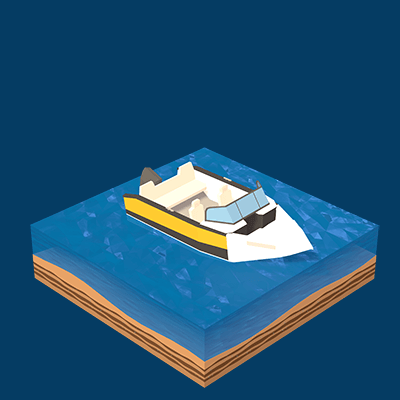
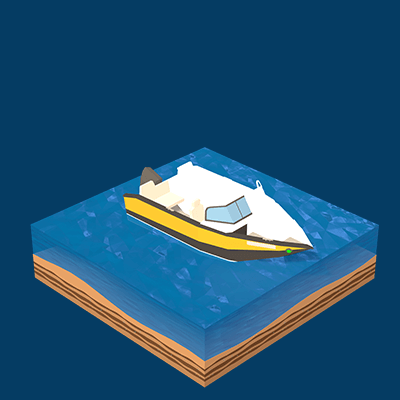
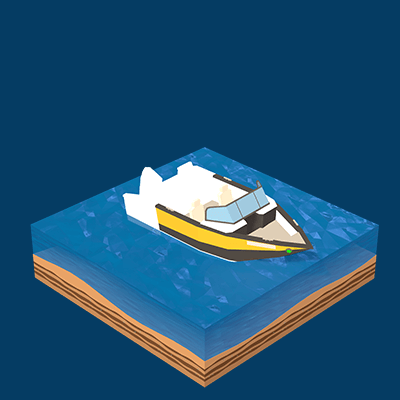
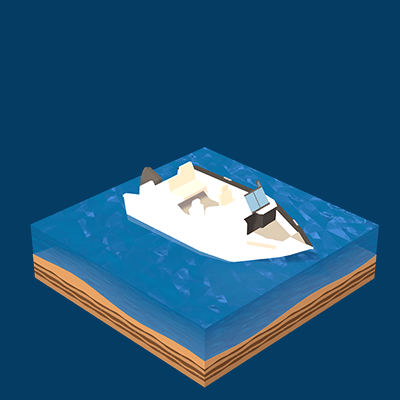
Congratulations, good answer!
The stern is the rear part of the boat.
Sorry, wrong answer.
The stern is the rear part of the boat.
Question 3 of 10Which picture represents the masthead light ?
Right or Wrong?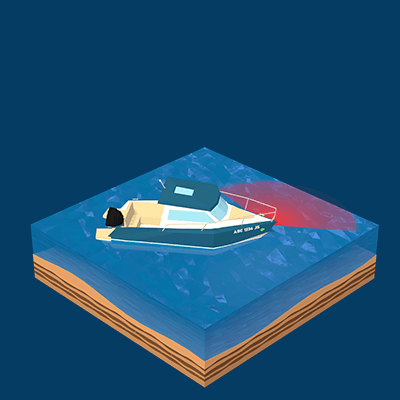
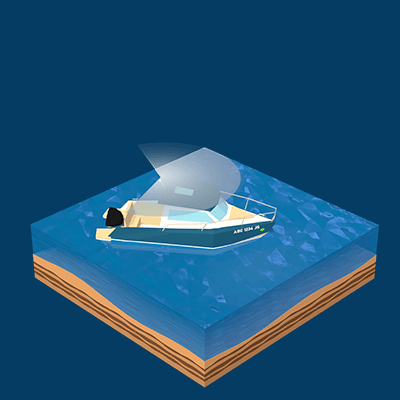
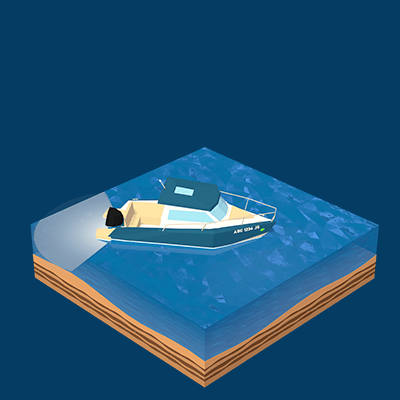
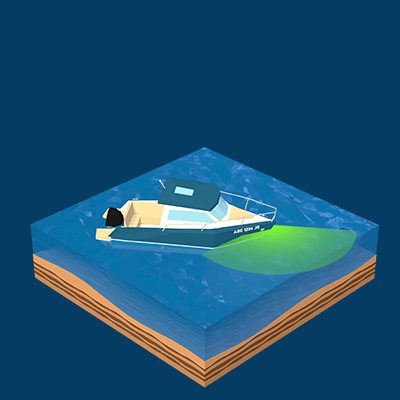
Congratulations, good answer!
The masthead light is a white light projecting towards the front of the boat.
Sorry, wrong answer.
The masthead light is a white light projecting towards the front of the boat.
Question 4 of 10Which is the proper route that the boat must take?
Right or Wrong?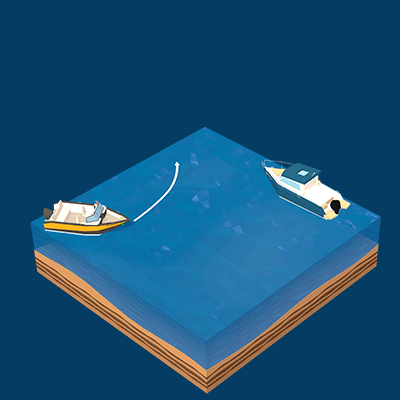
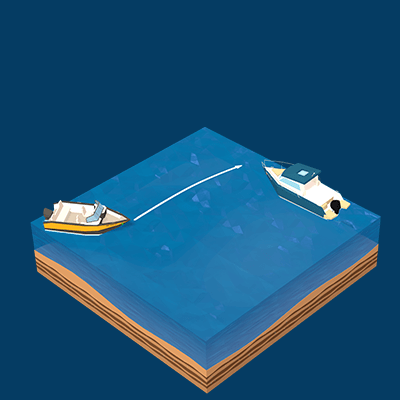
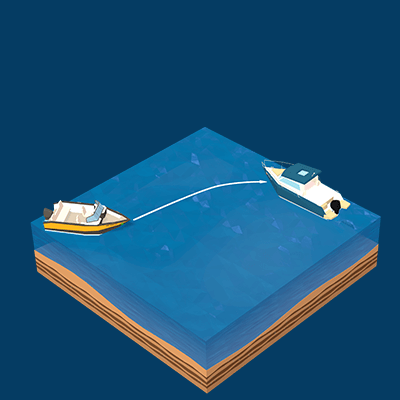
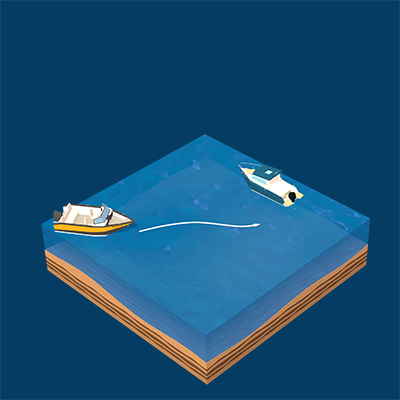
Congratulations, good answer!
As a give-way vessel, the boat is directed to keep out of the way of the other boat, which is a stand-on vessel, by taking early and substantial action to keep well clear.
Sorry, wrong answer.
As a give-way vessel, the boat is directed to keep out of the way of the other boat, which is a stand-on vessel, by taking early and substantial action to keep well clear.
Question 5 of 10Which illustration represents an information buoy among the following?
Right or Wrong?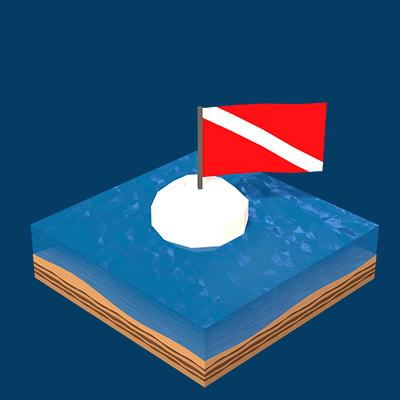
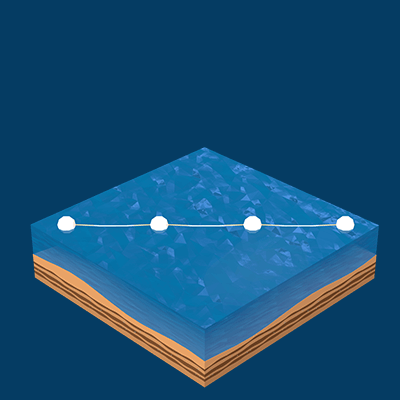
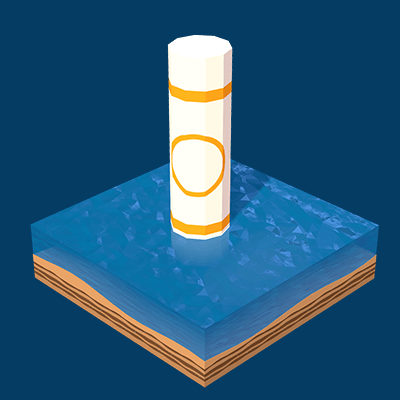
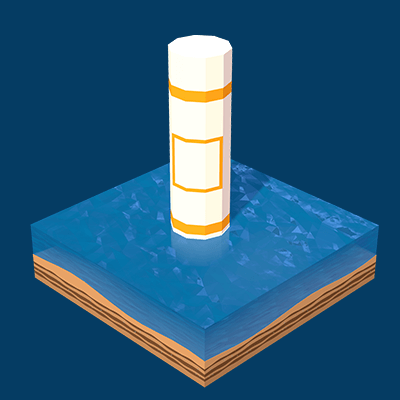
Congratulations, good answer!
The information buoy is the fourth one. It is white, with an orange, open-faced square symbol on two opposite sides and two orange horizontal bands, one above and one below the square symbols.
Sorry, wrong answer.
The information buoy is the fourth one. It is white, with an orange, open-faced square symbol on two opposite sides and two orange horizontal bands, one above and one below the square symbols.
Question 6 of 10Which illustration represents an anchorage buoy among the following?
Right or Wrong?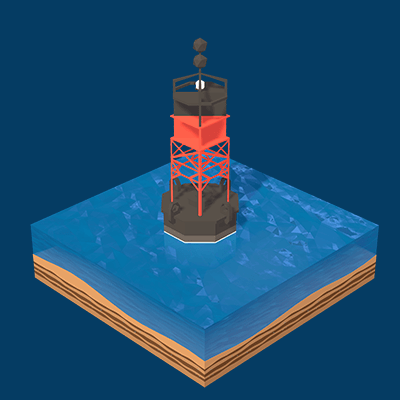
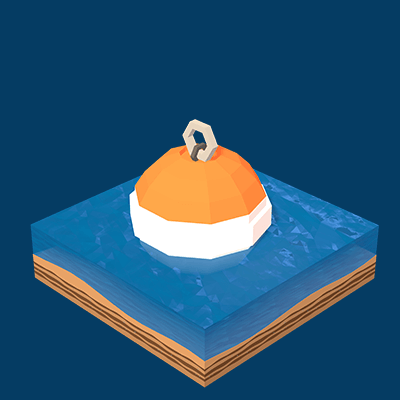

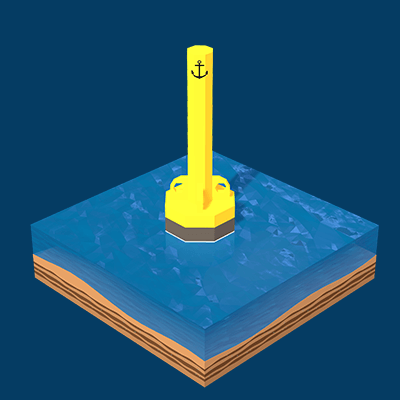
Congratulations, good answer!
The anchorage buoy marks the outer limits of designated anchorage areas. It is yellow with a black anchor on it.
Sorry, wrong answer.
The anchorage buoy marks the outer limits of designated anchorage areas. It is yellow with a black anchor on it.
Question 7 of 10Which picture is the correct one regarding the priority rules?
Right or Wrong?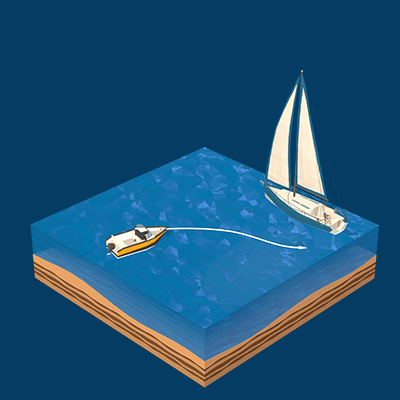
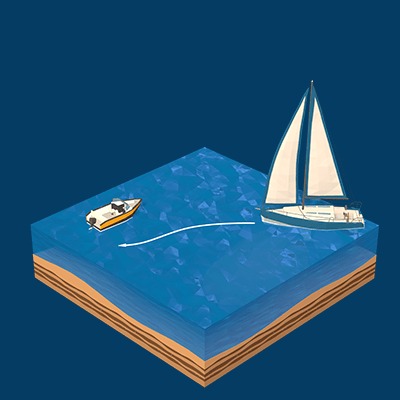
Congratulations, good answer!
As a stand-on vessel, the sailing vessel has the right of way on the power-driven vessel (give-way vessel). The sailing vessel shall maintain her course and speed.
Sorry, wrong answer.
As a stand-on vessel, the sailing vessel has the right of way on the power-driven vessel (give-way vessel). The sailing vessel shall maintain her course and speed.
Question 8 of 10When a boat capsizes or is submerged, should you stay with the boat or try to reach the shore as quickly as possible?
Right or Wrong?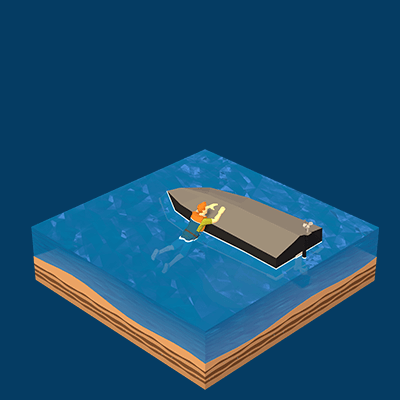
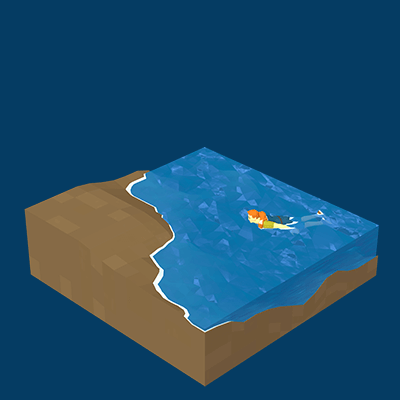
Congratulations, good answer!
When a boat capsizes or is submerged, you must ensure that everyone puts on a personal flotation device or a lifejacket; keep as close to the craft as possible, depending on the circumstances; do a head count of those who were on board and use or display signals to show distress and need of assistance.
Sorry, wrong answer.
When a boat capsizes or is submerged, you must ensure that everyone puts on a personal flotation device or a lifejacket; keep as close to the craft as possible, depending on the circumstances; do a head count of those who were on board and use or display signals to show distress and need of assistance.
Question 9 of 10Which picture represents the starboard side ?
Right or Wrong?
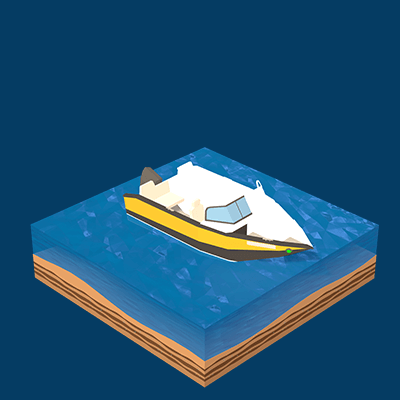

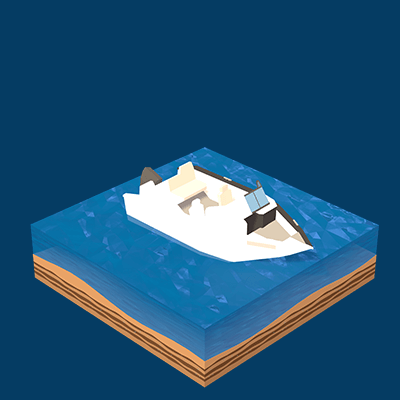
Congratulations, good answer!
The starboard side is the right side of a boat.
Sorry, wrong answer.
The starboard side is the right side of a boat.
Question 10 of 10Which of the following represents a ''no internal combustion or steam engine'' restriction sign?
Right or Wrong?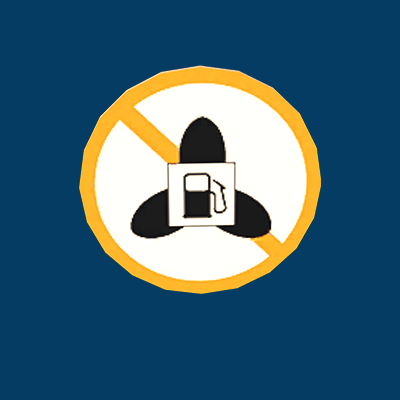
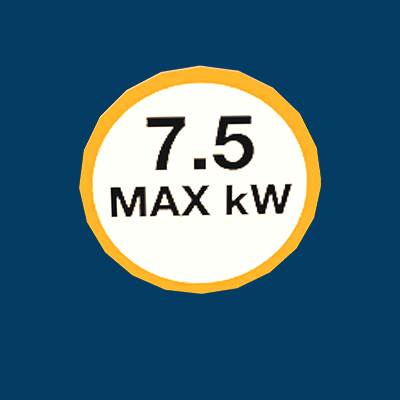

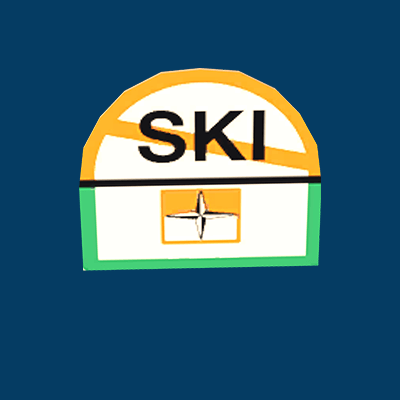
Congratulations, good answer!
The ''no internal combustion or steam engine'' restriction sign is represented by the first image.
Sorry, wrong answer.
The ''no internal combustion or steam engine'' restriction sign is represented by the first image.

Which picture is the graphical representation of a body of water that provides information on depths, traffic lanes and buoys.
Right or Wrong?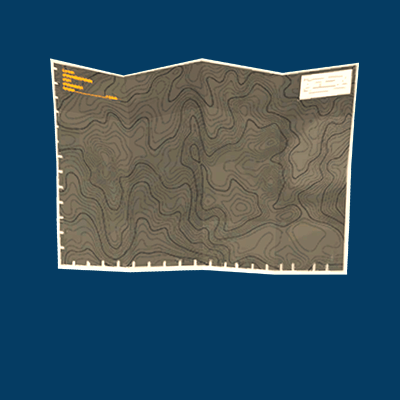
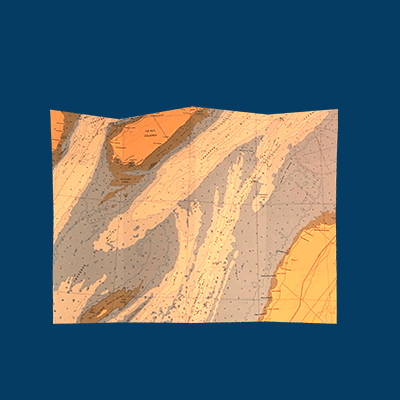
Congratulations, good answer!
Charts are graphic representations depicting areas of water, depicting the depths, underwater hazards, traffic routes, aids to navigation and adjacent coastal areas.
Sorry, wrong answer.
Charts are graphic representations depicting areas of water, depicting the depths, underwater hazards, traffic routes, aids to navigation and adjacent coastal areas.
Question 2 of 10You may use a PFD that is torn as long as it was well repaired by an approved manufacturer.

Congratulations, good answer!
FALSE. A PFD becomes void if it has been repaired or altered; therefore, it is no longer usable and must be replaced and discarded.
Sorry, wrong answer.
FALSE. A PFD becomes void if it has been repaired or altered; therefore, it is no longer usable and must be replaced and discarded.
Question 3 of 10Which of the four types of pyrotechnic devices must be used only in daylight?
Right or Wrong?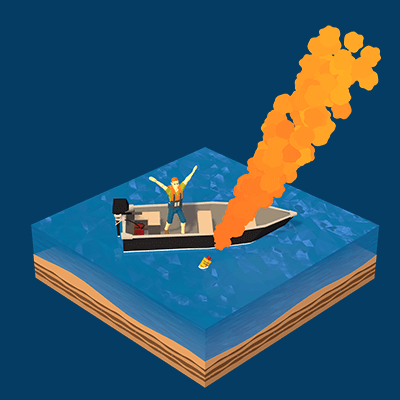
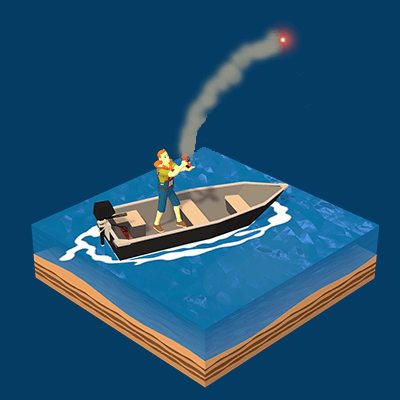
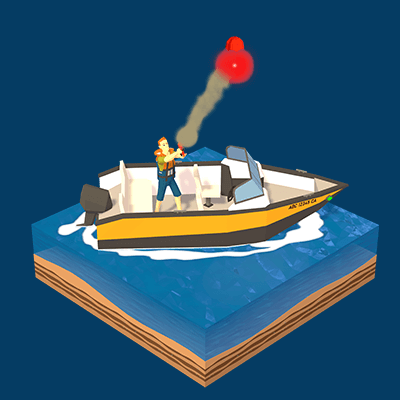
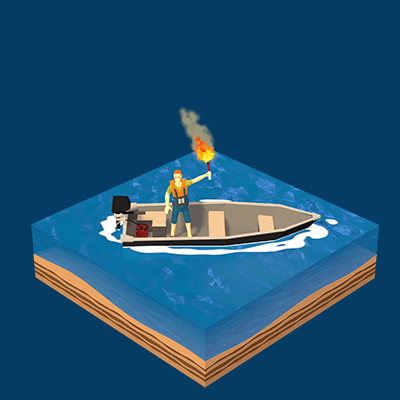
Congratulations, good answer!
The pyrotechnic orange smoke, hand-held or floating , may be used only in daylight.
Sorry, wrong answer.
The pyrotechnic orange smoke, hand-held or floating , may be used only in daylight.
Question 4 of 10What type of boat uses yellow lights as navigation light ?
Right or Wrong?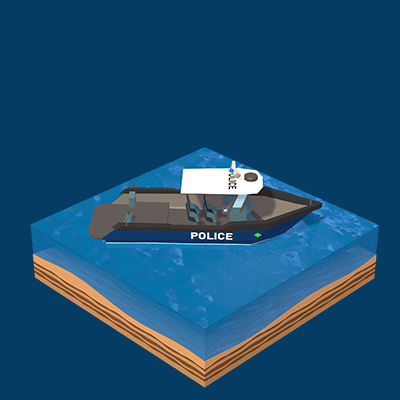
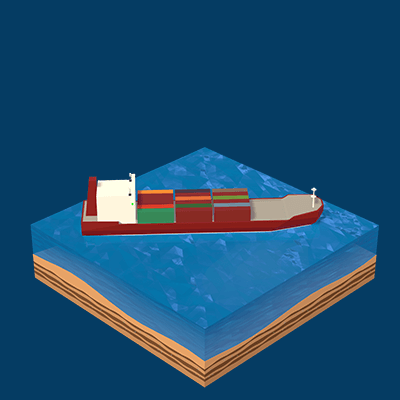
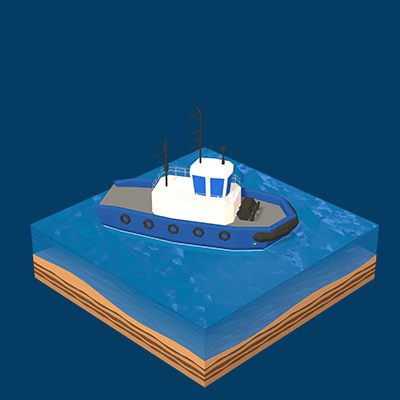
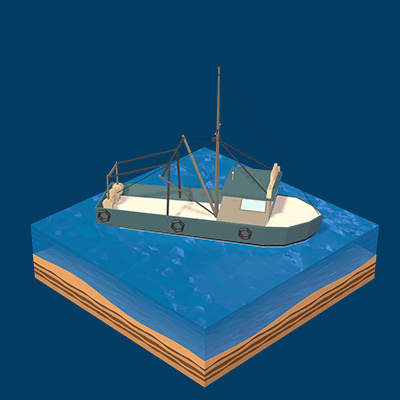
Congratulations, good answer!
A power-driven vessel when towing shall show sidelights, a sternlight, and a towing light (yellow) in a vertical line above the sternlight, and two masthead lights in a vertical line. When the length of the tow, measured from the stern of the towing vessel to the after end of the tow exceeds 200 metres, three such lights in a vertical line shall be displayed.
Sorry, wrong answer.
A power-driven vessel when towing shall show sidelights, a sternlight, and a towing light (yellow) in a vertical line above the sternlight, and two masthead lights in a vertical line. When the length of the tow, measured from the stern of the towing vessel to the after end of the tow exceeds 200 metres, three such lights in a vertical line shall be displayed.
Question 5 of 10What should we be prepared to show immediately to avoid a collision while navigating at night in a canoe or kayak?
Right or Wrong?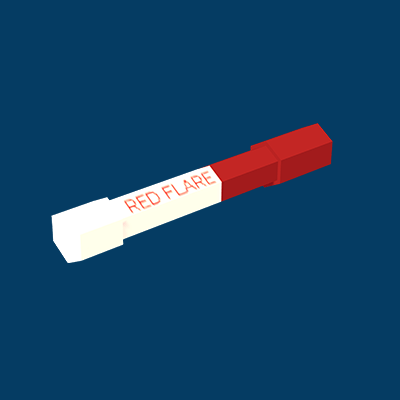
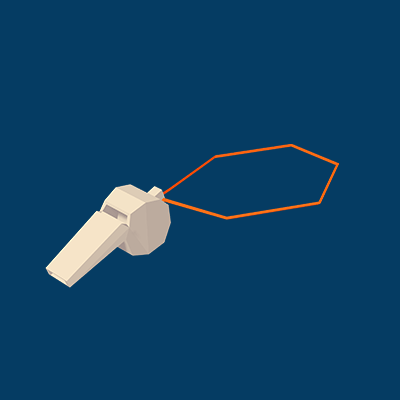

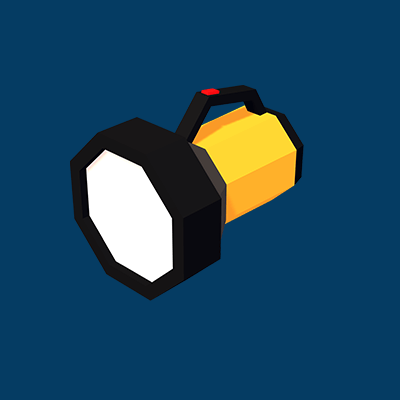
Congratulations, good answer!
The operator of a pleasure craft under sail, of less than 7 metres in length not under power (canoe, kayak), and underway, must have at hand a flashlight or lighted lantern emitting a white light which must be lit in enough time to prevent a collision.
Sorry, wrong answer.
The operator of a pleasure craft under sail, of less than 7 metres in length not under power (canoe, kayak), and underway, must have at hand a flashlight or lighted lantern emitting a white light which must be lit in enough time to prevent a collision.
Question 6 of 10Which of the following vessels requires a pleasure craft licence?
Right or Wrong?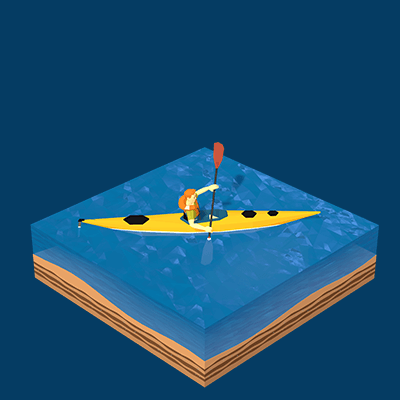
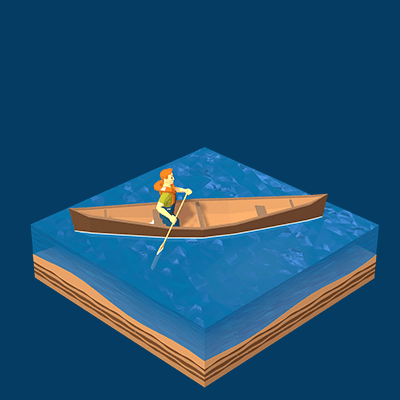
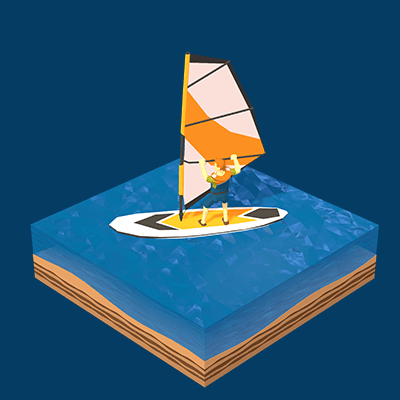
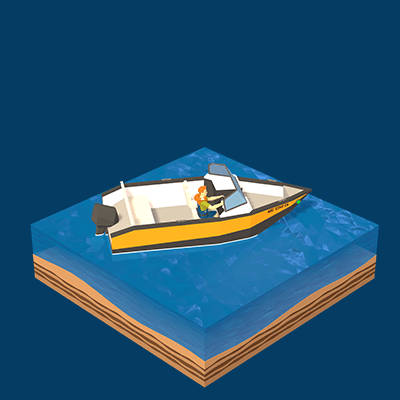
Congratulations, good answer!
Pleasure craft powered, even temporarily, by an engine or engines of 7.5 kW (10 hp) or more, which are kept and operated mainly in Canada, must be licensed or registered , regardless of where they operate in Canada. The numbers must be in block letters, at least 7.5 cm (3”) high, and must contrast with the colour of the background.
Sorry, wrong answer.
Pleasure craft powered, even temporarily, by an engine or engines of 7.5 kW (10 hp) or more, which are kept and operated mainly in Canada, must be licensed or registered , regardless of where they operate in Canada. The numbers must be in block letters, at least 7.5 cm (3”) high, and must contrast with the colour of the background.
Question 7 of 10Which buoy marks an area where boating is restricted?
Right or Wrong?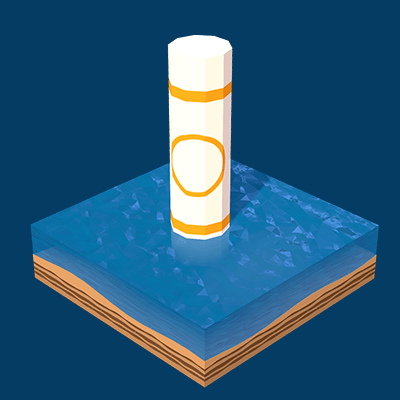
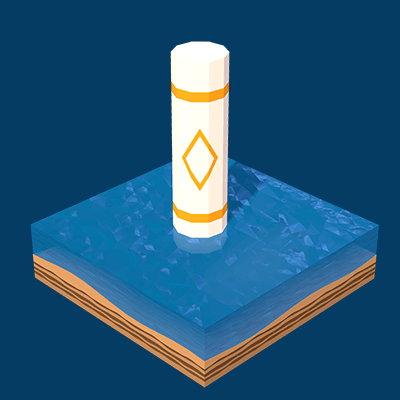

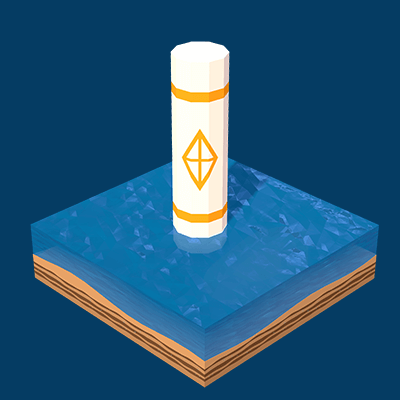
Congratulations, good answer!
The control buoy (the first illustration) fits this definition. A black figure or symbol within the orange circle shows what the restriction is.
Sorry, wrong answer.
The control buoy (the first illustration) fits this definition. A black figure or symbol within the orange circle shows what the restriction is.
Question 8 of 10At what age can you operate a personal watercraft (PWC)?

At the age of 12
From 16 years old, but it is possible from 12 to 15 years old if the person is accompanied by an adult
At 16 years old
Congratulations, good answer!
Youth under 16 years of age may not operate a personal watercraft (PWC) under any circumstances, even if they have the PCOC and are accompanied.
Sorry, wrong answer!
Youth under 16 years of age may not operate a personal watercraft (PWC) under any circumstances, even if they have the PCOC and are accompanied.
Question 9 of 10The following symptoms are related to which condition: slow pulse, confusion, drowsiness, lack of coordination?
Right or Wrong?Carbon monoxide poisoning
Congratulations, good answer!
These symptoms are related to hypothermia.
Sorry, wrong answer.
These symptoms are related to hypothermia.
Question 10 of 10Which image demonstrates the best practices to have when a diving operation takes place from aboard a pleasure craft?
Right or Wrong?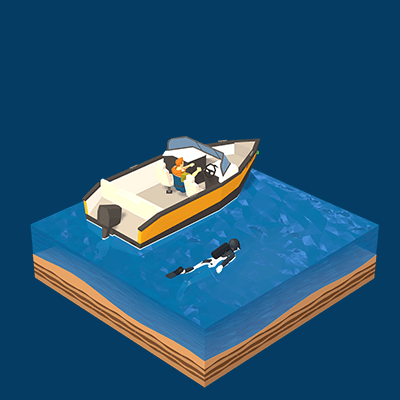
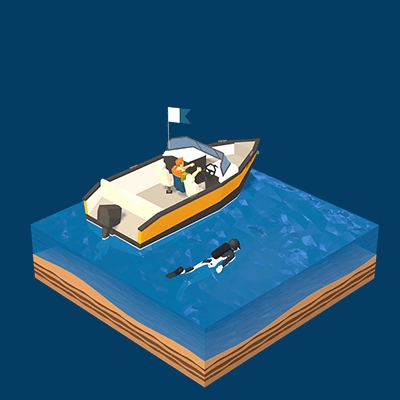
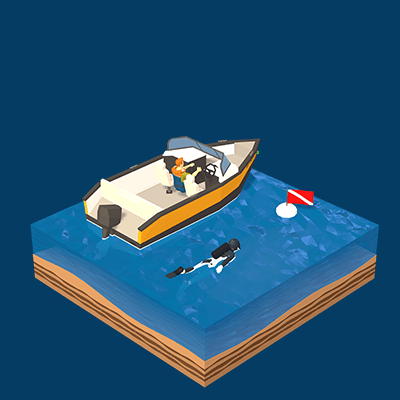
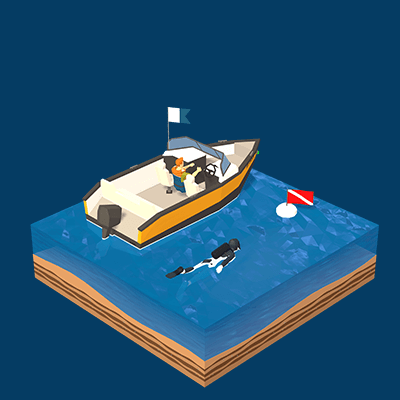
Congratulations, good answer!
The boat must display Flag A (blue and white). However, during diving operations you must install a diving flag in the water. It is Flag A, red and white. It marks an area where scuba or other such diving activity is taking place. It is white, and is mounted by a red flag with a white diagonal stripe, extending from the tip of the hoist to the bottom of the fly.
Sorry, wrong answer.
The boat must display Flag A (blue and white). However, during diving operations you must install a diving flag in the water. It is Flag A, red and white. It marks an area where scuba or other such diving activity is taking place. It is white, and is mounted by a red flag with a white diagonal stripe, extending from the tip of the hoist to the bottom of the fly.
The more you are, the less you pay! See our group pricing.

What is this buoy called?

Isolated danger buoy
Starboard hand buoy
Congratulations, good answer!
This buoy is a starboard hand buoy. It must be kept on the right side of the pleasure craft when heading upstream.
Sorry, wrong answer
This buoy is a starboard hand buoy. It must be kept on the right side of the pleasure craft when heading upstream.
Question 2 of 10Which type of anchor is particularly popular among boaters because of its versatility in all types of seabed?
Right or Wrong?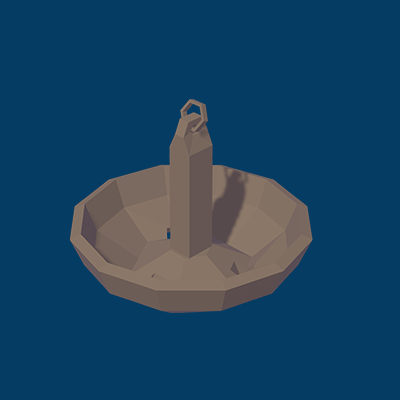
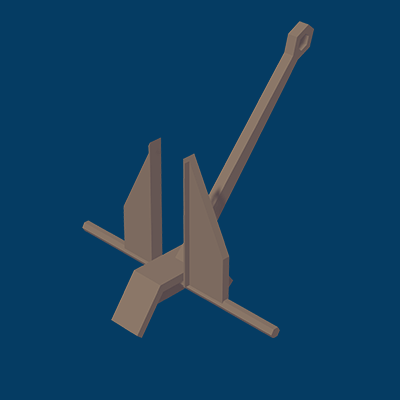
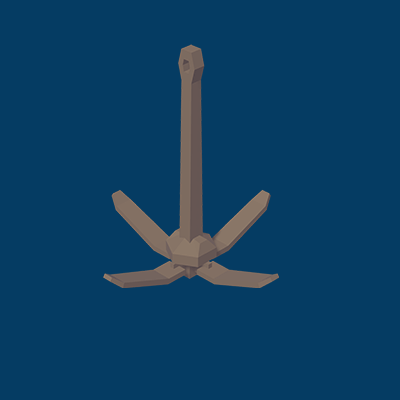
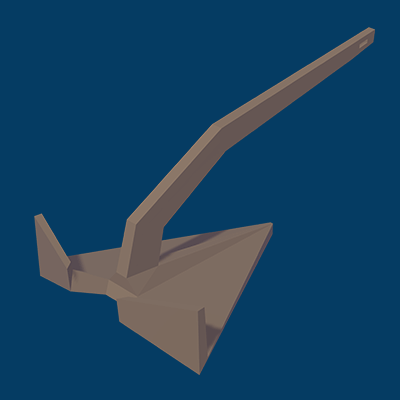
Congratulations, good answer!
The correct answer is the plough anchor. When selecting an anchor, its holding power and the type of seabed in which it will be used must be considered. As well, the anchor must be of proper size depending on the pleasure craft.
Sorry, wrong answer.
The correct answer is the plough anchor. When selecting an anchor, its holding power and the type of seabed in which it will be used must be considered. As well, the anchor must be of proper size depending on the pleasure craft.
Question 3 of 10Which factors must be taken into account in determining a safe speed?

Conditions of visibility and traffic density
The draft in relation to the available depth of water and the manoeuvrability of the vessel
Conditions of wind, sea and current, and the proximity of navigational hazards
All of the above
Congratulations, good answer!
All these answers are correct. Every vessel shall at all times proceed at a safe speed so that you can take proper and appropriate action to avoid collision, and be able to stop in a safe distance, and appropriate to the prevailing circumstances and conditions.
Sorry, wrong answer.
All these answers are correct. Every vessel shall at all times proceed at a safe speed so that you can take proper and appropriate action to avoid collision, and be able to stop in a safe distance, and appropriate to the prevailing circumstances and conditions.
Question 4 of 10What type of fire extinguisher is required on board a boat equipped with an inboard engine?

A type fire extinguisher
BC type fire extinguisher
AB type fire extinguisher
B type fire extinguisher
Congratulations, good answer!
The right answer is BC type fire extinguisher. It is important to know that for boats equipped with an inboard engine, a BC type fire extinguisher is required on board and must be stored in a convenient and easily accessible place. (Class B: fights combustible liquids (flammable liquid, paint, grease, and oil)+ Class C: fights an electrical fire (motor, fuse box and cables)).
Sorry, wrong answer.
The right answer is BC type fire extinguisher. It is important to know that for boats equipped with an inboard engine, a BC type fire extinguisher is required on board and must be stored in a convenient and easily accessible place. (Class B: fights combustible liquids (flammable liquid, paint, grease, and oil)+ Class C: fights an electrical fire (motor, fuse box and cables)).
Question 5 of 10What does this image represent?